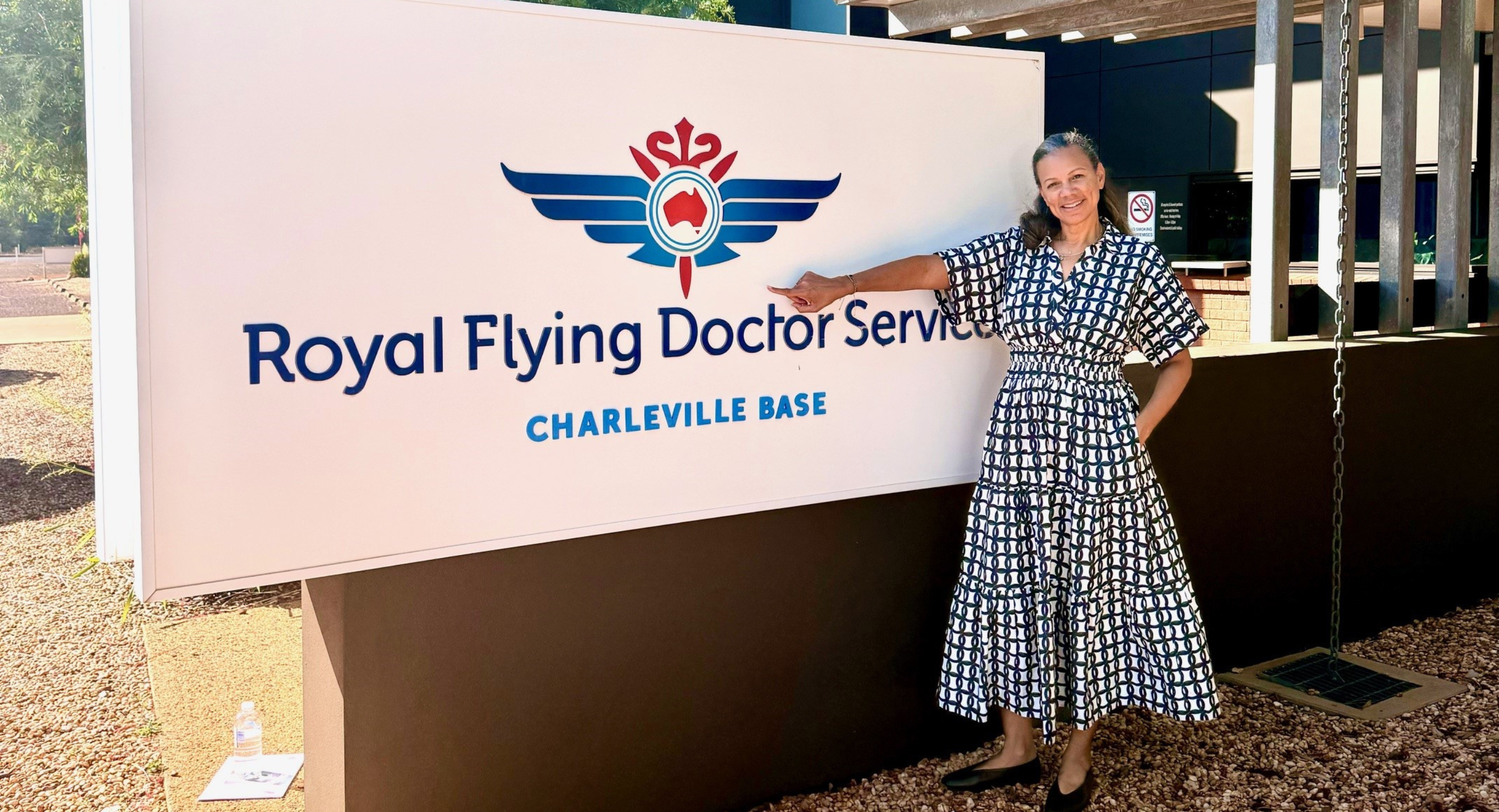
QEII Hospital’s regional care partnership is reaching more Queenslanders than ever thanks to a new service model that places connection at the centre of practice.
Established by QEII Senior Staff Specialist Dr Sanjeev Naidu, the partnership brings a close-knit network of General Surgery specialist care to regional centres. Importantly, the service addresses key professional and personal barriers faced all too often by rural specialists, to ensure a reliable model of care for regional patients.
“Professional isolation is one of the main reasons many surgeons don’t want to work in rural and regional areas, because the further out you go, the more isolated and vulnerable you feel,” explained QEII Director of General Surgery, Dr Emilia Dauway (pictured).
“But if you’re part of a network, the support reduces the feeling of isolation and the surgeon has the benefit of education and collaboration within that network."
Today, the service connects six early career consultant surgeons to regional centres including Roma, Charleville and Mount Isa, where they each run a weekly surgical service.
“The idea was to create a partnership where regional or rural doctors feel a part of something bigger, and collaborate with our department, in our morbidity and mortality audits, education and training together.”
Importantly, the service model offers clinicians a supportive opportunity to diversify their skills and explore a hybrid career path that maintains a healthy work/life balance. With the support of their clinical network virtually tuned in at all times, consultants are managing more complex cases with confidence.
“It’s the best of both worlds for those who have finished their training and want to live in a metropolitan area or raise a family. Going out to the regional centre for one week a month or every other month isn’t as onerous as doing locum work, and it provides an opportunity to deliver a meaningful service with continuity of care. Some have chosen to commit permanently.”
At the other side of the service, General Surgery patients are benefitting from timely, consistent care closer to home.
“The ultimate goal for any rural or regional area is to build service capacity in each HHS, so patients can get as much care, as close to home as possible. It leads to better outcomes when patients are closer to their families and friends. They can stay in their routine as much as possible with support.”
Emilia says adapting to the changing healthcare landscape will be key to meet the needs of growing communities, and hopes the QEII partnership will inspire more HHSs to adopt rural care pathways.
“QEII is trying to model what’s possible because healthcare and the complexity of our patients is changing. Queensland is growing, as are regional areas. The workload is increasing, and people are living longer with complex diseases. These factors create new challenges for the health system.
“We know that in the future we’re going to have to work differently, so QEII is trying to model what’s possible. This is just one approach that has been working, and hopefully other HHS’s can look at this too, and consider if it’s right for them.”